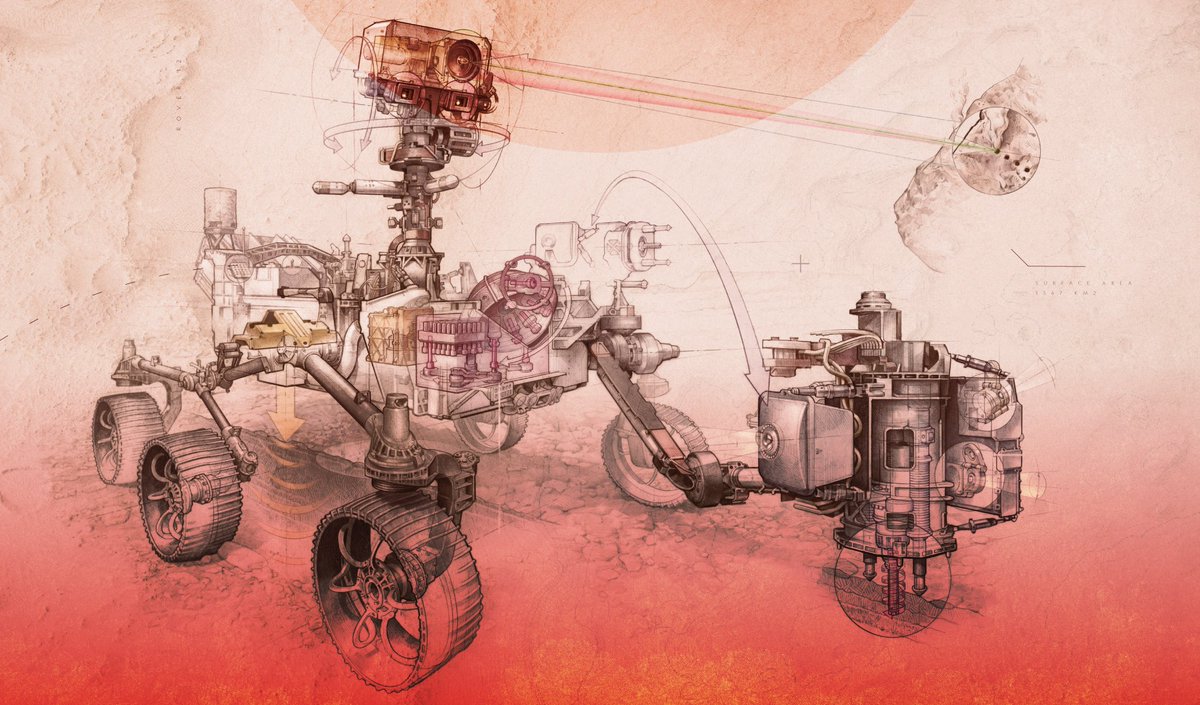
I'm @BijalPTrivedi senior science editor @NatGeo. When the #pandemic hit a year ago I assumed the virus was an equal opportunity killer. None of us knew it would ravage some communities more than others, laying bare ugly inequities and racism. on.natgeo.com/3qAMaEr
Black and Latinx communities––with greater underlying health conditions, like diabetes, high blood pressure and obesity, large households, urban neighborhoods and many essential workers––have battled large numbers of seriously ill people and many deaths.
Black Americans have died at 1.4 times the rate of whites: as of March 7, at least 73,462 Black lives have been lost. covidtracking.com/race
The pandemic revealed gaping holes in the healthcare system. Vulnerable populations including prisoners and the homeless suffered more because of the lockdowns and isolation. People battling drug addiction were particularly at risk. on.natgeo.com/30yHfcJ
Good news: a recent survey shows that 61 percent of Black adults have either received a first dose of the COVID-19 vaccine or plan to be vaccinated—up from 42 percent four months ago. on.natgeo.com/3qE16Sc
Bad news: "Healthcare deserts" in and around communities of color are impeding vaccination efforts. Black and Latinx Americans are being vaccinated at much slower rates than white adults. on.natgeo.com/3bCEGg9
About 77 million people in the U.S. lack home internet—this digital divide disproportionately prevents people of color and some of the elderly and economically disadvantaged families from scheduling appointments—and getting vaccinated. ecfsapi.fcc.gov/file/109191312…
The pandemic exposed and exacerbated educational inequalities. Some 40% of African American and 30% of Latinx students received no K-12 online learning during the pandemic—compared with just 10% of whites. on.natgeo.com/3qExggs
“This pandemic has magnified every existing inequality in our society—like systemic racism, gender inequality, and poverty,” says Melinda Gates. on.natgeo.com/3rGrFHT
Unless we fight for equality, and eliminate health disparities and digital divides we can’t defeat COVID-19 or any other pandemic.
• • •
Missing some Tweet in this thread? You can try to
force a refresh






